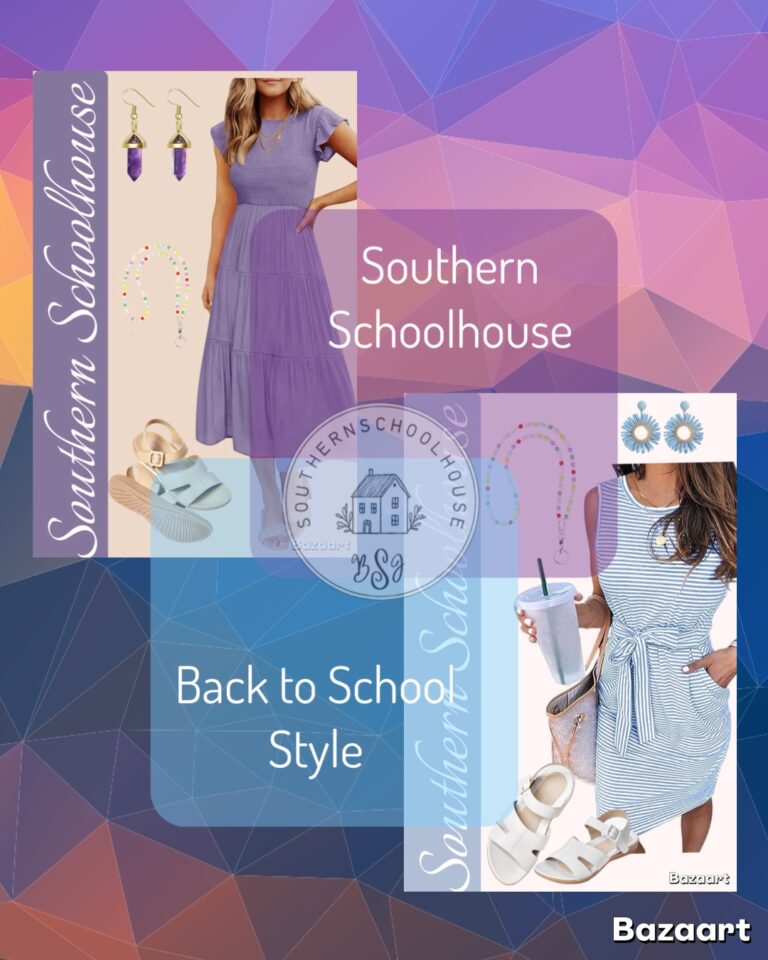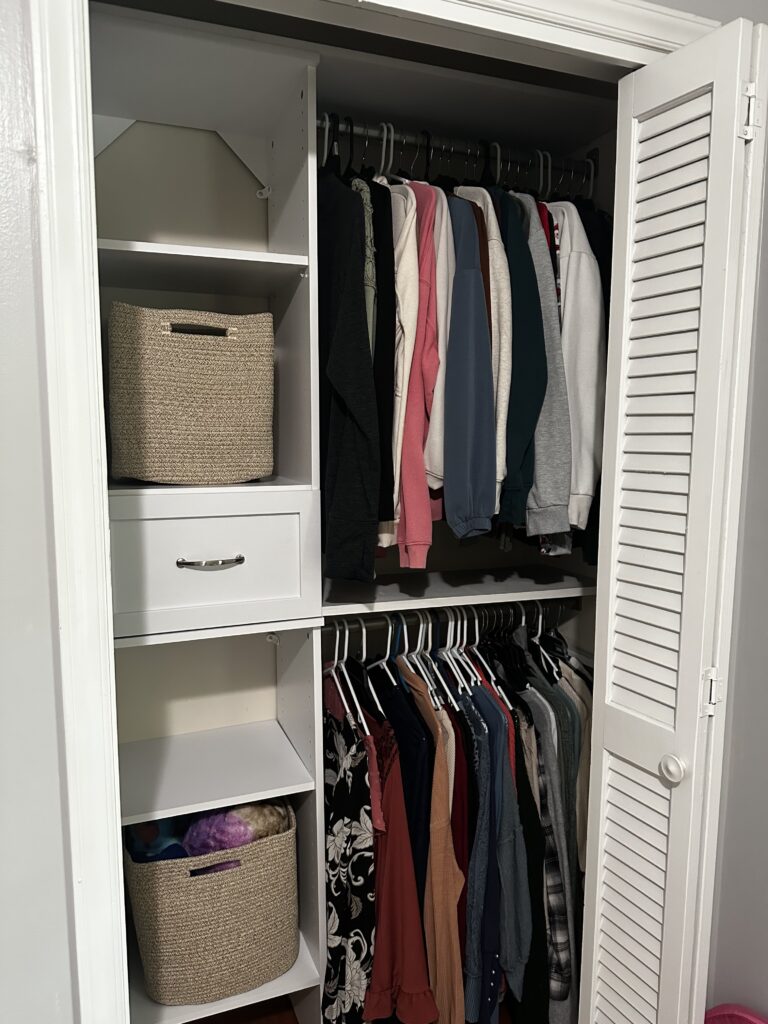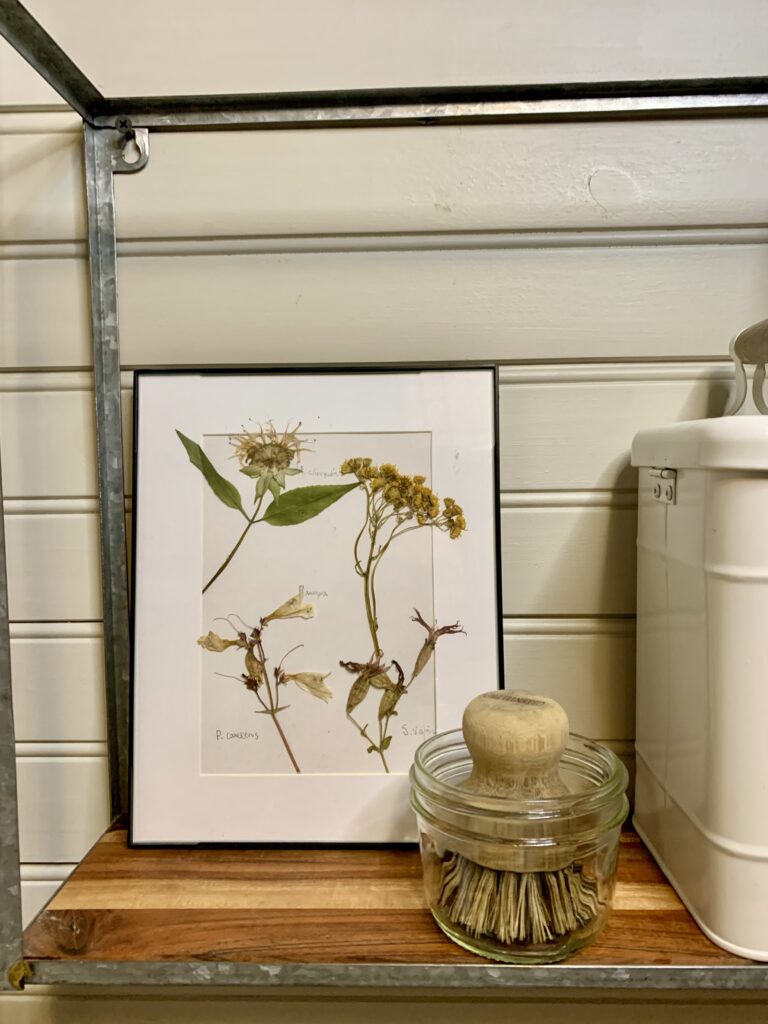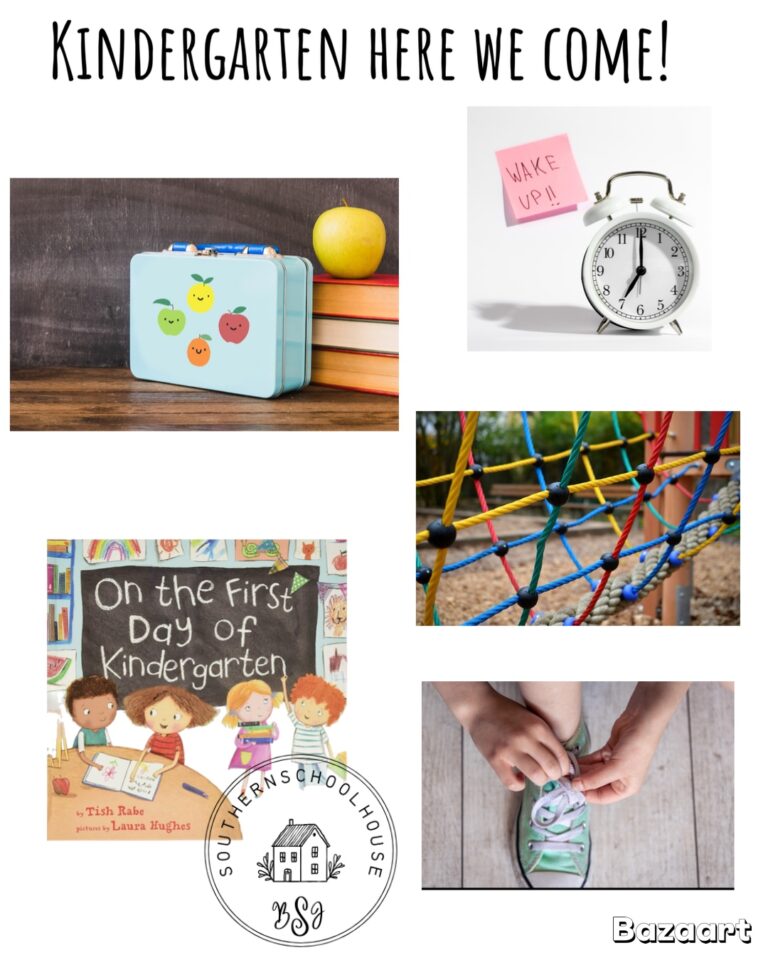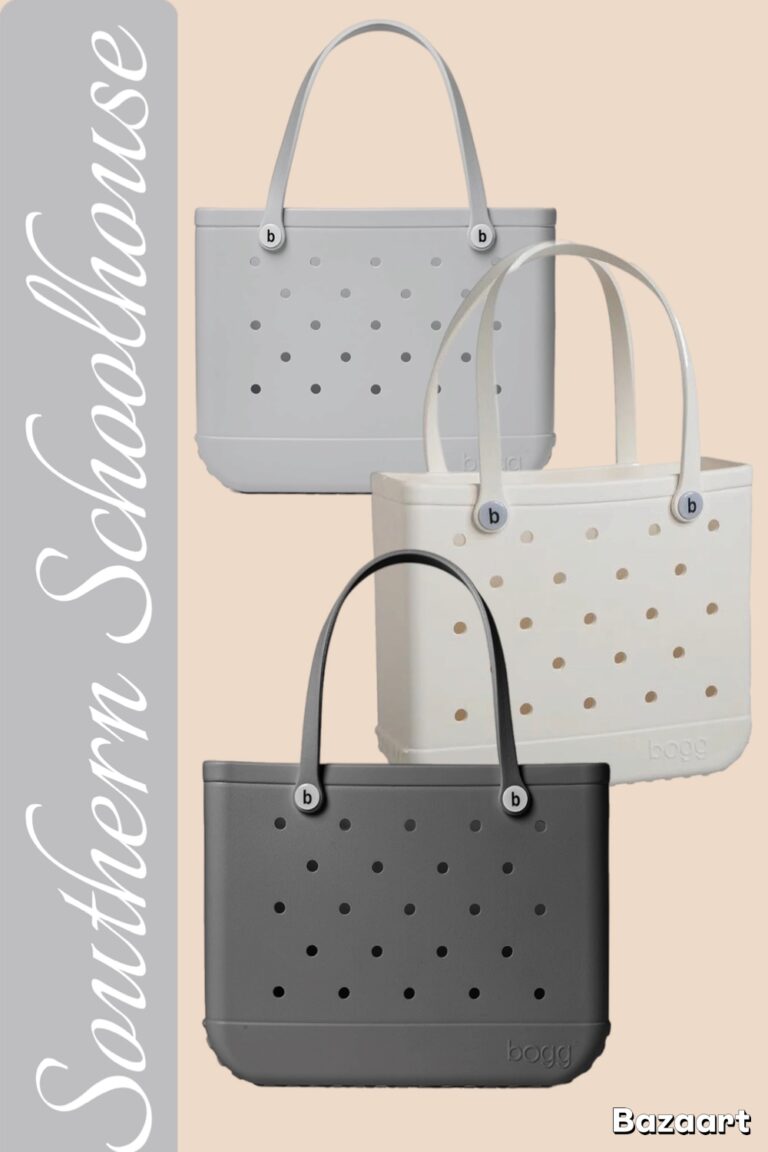By Shannon at the Southern Schoolhouse
Sensory bins are excellent tools for engaging multiple senses, which help enhance sensory processing and overall development. They provide a hands on experience that promote motor skills and creativity. These bins also encourage creative play and focus as they explore different textures, colors and objects. In addition, they can be calming and therapeutic, helping children regulate emotions during stress, frustration or overstimulation.
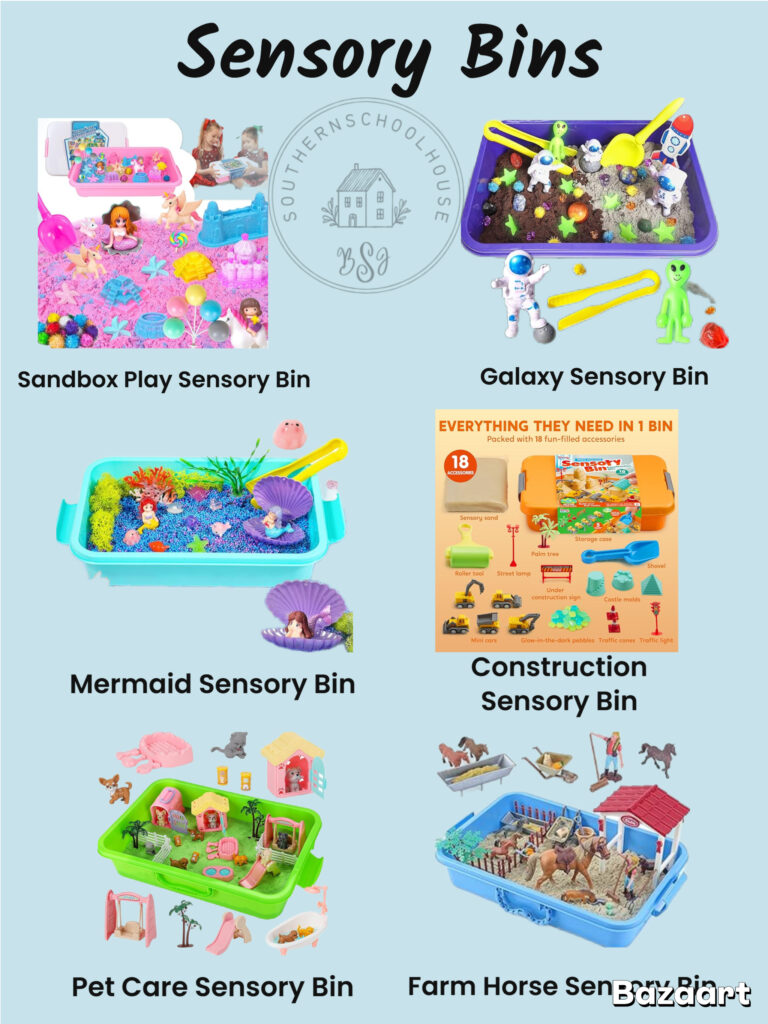
There are many types of sensory bins you can find that support children’s interests and developmental needs. These can be themed bins that engage their creativity, to calming options that help with emotional regulation or focus. I got my great nephew one for his birthday and one for Christmas and he loved them! Here are a few of many themed options that are available.
If on a budget, you can also make your own sensory bins.
- Find a plastic container (with a lid would be best) with sides to hold in the contents.
- Find a base material (the above bins use kinetic sand) but you can also use rice or pasta, shredded paper, cotton balls, fabric scraps, etc.
- Add sensory items such as natural materials (acorns, rocks, etc). You can also use old toys such as figurines or plastic animals. Also, craft items such as pompoms, beads or buttons.
- Add tools for manipulation
- Spoons, cups or small containers
- Tongs or tweezers (fine motor)
- Create a theme based on what you have at home. This could be farm, ocean, zoo or construction.
The goal is to be creative and reuse items you already have at home. No matter the age, you will find that the kids love them. Read about more of our student favorite sensory tools and activities in Sensory Boxes, Sensory Tools, and Tools, Not Traps.
Disclosure: This post may contain affiliate links, meaning we get a small commission if you decide to make a purchase through our links, at no cost to you.



